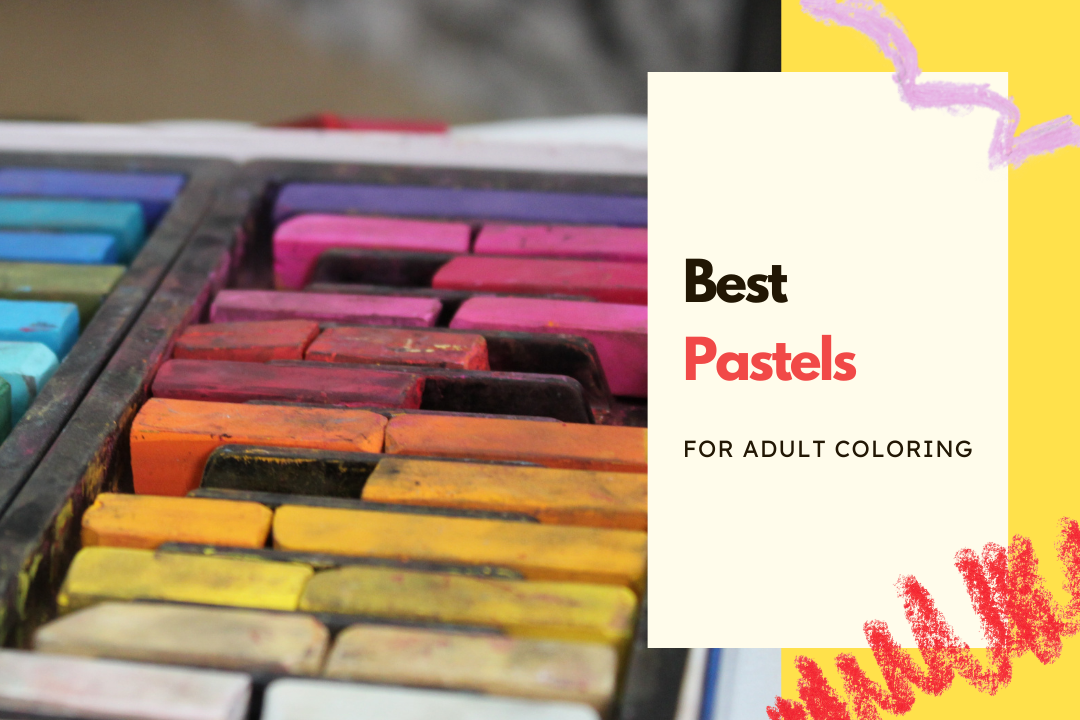
The products featured in this blog are independently selected by the Runny Rainbows team based on experience and research. As an Amazon Partner, we earn from eligible purchases. This means that we may earn a commission at no cost to you for purchases made through links on our website.
What are the different types of pastels?
A variety of pastels are available for adult coloring, from soft and delicate colors to bold and bright shades. Some of the most common types of pastels include soft pastels, hard pastels, and oil pastels. Each type of pastel provides a different color and texture, allowing you to create unique effects in your artwork.
soft pastel
Soft pastels are made of gum bonding material which is the most fragile of all the pastels. This is because they have more pigment and less consistency than hard and oil-based pencils. As the name suggests, they have a smooth and creamy texture. These pastels contain concentrated pigment and are the easiest to blend due to their “soft” texture. However, this also means that they crumble easily and can leave a dusty residue on the page. To maintain their appearance, artists must use them with a fixative that locks the color onto the page and prevents smudging.
pastel solid
Solid pastel colors are more cohesive than soft pastels, which makes them less brittle and brittle. It’s made of a gum-binding material that helps hold the dye together and makes it less resistant to breakage. Solid pastels are ideal for more detailed work, as artists can sharpen them to a fine point.
Oil pastel colors
Unlike soft and hard pastels, oil pastels are made using an oil or wax binder. As a result, they tend to be highly pigmented and produce more intense color than soft or hard pastels. It is also less messy and crumbly, which makes it a good choice for coloring books. Its texture is waxy, but unlike soft pastels, it’s not ideal for blending.
Tips for using pastels
Pastels are a great way to add color to your artwork, but they can be a little tricky to work with. Here are some tips to help you make the most of pastel colors:
-
Use high quality paper. Pastel colors tend to be very soft and can smudge easily, so it is important to use paper that can withstand blending and layering.
-
Use a light touch. It’s easy to overuse pastels and end up in a muddy mess. Start with a light touch and build up the color gradually.
-
Use the installer. The fixative will help hold the pastels and prevent them from smudging.
-
Try different techniques. There are several ways to use pastels, so try different techniques to find the one that works best for you.